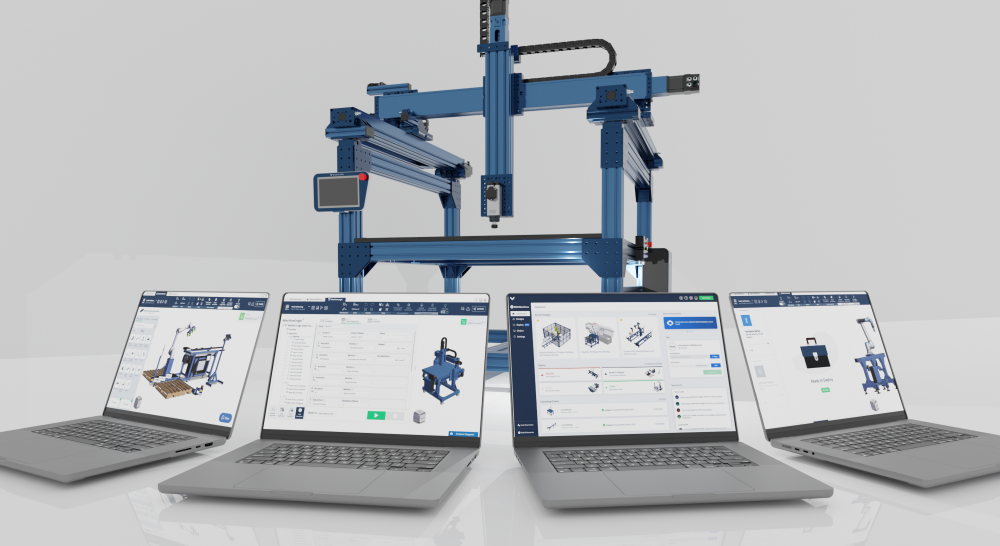
For the past 30 years, industrial automation has undergone relatively few changes to the way automation is designed and operated. Traditional automation technology was developed (and priced) for high-throughput manufacturing, making it most accessible to only those who could afford complex, custom integration services. This left most manufacturers—the ones who would actually benefit from the democratization of automation—behind.
Today, manufacturers are not only fighting against high costs to automate but the significant speed at which they need to replace, upgrade, or repurpose assembly lines and manufacturing equipment. With the acceleration of new product introductions, production capacities must readjust to meet changing customer demands and continuous improvement initiatives. For manufacturers utilizing traditional industrial automation technology, upgrading or repurposing custom-built automated equipment is challenging to complete at a competitive pace.
At Vention, we believe industrial automation should be accessible to a much wider group of manufacturers, regardless of their production volume. These industrial automation solutions should be scalable, growing and evolving as a manufacturing floor does.
Challenging the status quo
Driven by the demand for innovative solutions within the industrial automation industry, a new category of software called the Manufacturing Automation Platform (MAP) has risen as a go-to automation solution for manufacturers. This simple yet powerful concept blends engineering software and modular hardware into a single digital environment, erasing the boundaries between the digital and physical worlds.
Vention’s MAP focuses on a single mission—navigating users through the design, automate, deploy, and operate stages of creating automated equipment. The simplicity created from the platforming of industrial automation empowers all manufacturing professionals, from automation beginners to advanced integrators, to efficiently and profitably automate their factory floors with MAP.
Delivering end-to-end automation solutions for all manufacturers
Within MAP, there are four stages to complete to take your design from idea to reality. Below, we walk through each stage of MAP, from design to operation.
1 ) Design with MachineBuilder
It all begins in the design stage. Start by defining your project requirements, objectives, budget, and critical milestones in MachineScope to create a scope of work. Next, you can choose from our library of ready-to-deploy designs or use MachineBuilder, our 3D CAD design software, to start from scratch. With MachineBuilder, you can build manufacturing equipment in just a few hours by dragging and dropping modular automation components onto your design, just like with LEGOs. These components are pre-tested for compatibility, allowing for real-time pricing, part recommendations, assembly-time estimates, and more. This ensures a simple yet precise design experience that enables true plug & play automation.
If you need assistance throughout the process, our dedicated Application Engineering team is available to offer support, answer questions, and give design tips. The best part is that you can use MachineBuilder directly from your web browser for free.
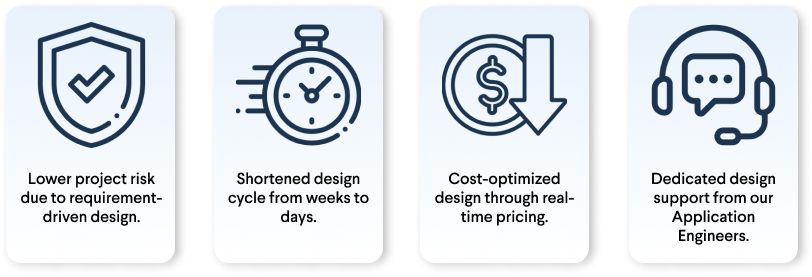
2) Automate with MachineLogic
Once you’ve completed your design in MachineBuilder, navigate one tab over to MachineLogic. Program in either our no-code/low-code programming environment or with Python offered natively within MachineLogic. Both options allow you to create powerful automation sequences directly in your web browser. MachineLogic is fully integrated within the 3D environment of MachineBuilder to easily alternate between your machine’s mechanical design and its programming to implement changes and measure their impact. Throughout the MAP process, you can use different CAD files or programming languages, making our platform a go-to solution for advanced programmers who want a more efficient way to automate.
Before ordering your machine, validate your programming through simulation to ensure there are no incompatibility risks. Once your programming is validated, the simulation and system configuration are shared to your MachineMotion controller through the cloud. This ensures a seamless transition from design to production, so you can be confident in the performance of your automated system.
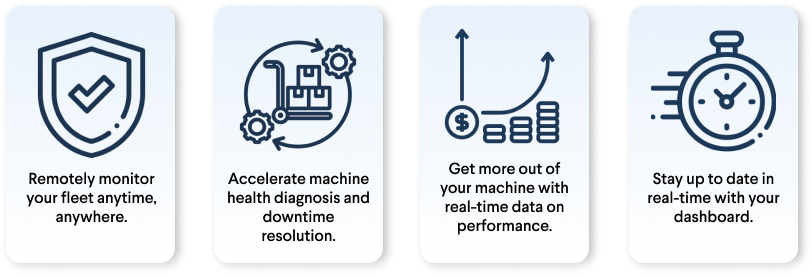
3) Deploy with MachineCloud
After validating your simulation, your machine is ready to be ordered. Using data from your 3D design and user accounts, downloadable invoices, bill of materials, resources, and purchase orders are created in MachinePortal. As on most e-commerce sites, order preparation and delivery status can be tracked by any user in real time.
Once you receive your order and assemble it, push the validated programming from the cloud to your MachineMotion controller to begin the deployment process in MachineCloud. Traditionally, deploying automated equipment is a time-consuming and complicated process where unresolved compatibility issues, leap-of-faith design choices, and overlooked laws of physics typically reveal themselves. With the smart design tools of MachineBuilder and the simulation validation of MachineLogic, these issues are largely eliminated.
MachineCloud is a unique deployment solution that enables users to deploy automation from the cloud to the factory floor in minutes. It uses software-assisted, step-by-step deployment instructions derived from a digital twin to ensure successful deployment. MachineCloud also includes remote machine monitoring and continuous development to drive machine productivity.
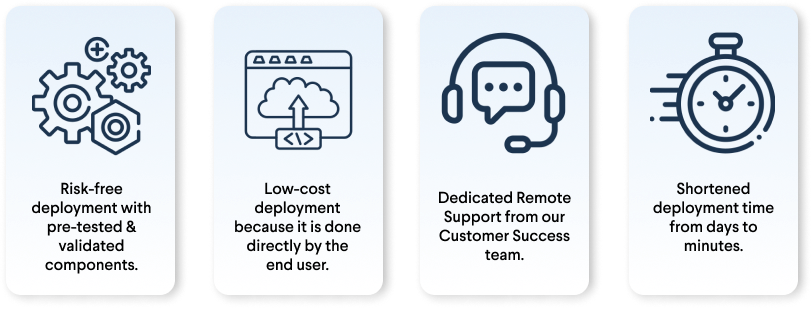
4) Operate with MachineAnalytics
Once you have successfully deployed your machine, it is now ready to run. In many business sectors, data is crucial to measuring performance, so why are machine health and performance data so difficult to capture in industrial automation? With MachineAnalytics, you no longer have to rely on scattered reports and tedious manual logging, all your machine’s data is at your fingertips.
Through your Vention dashboard, navigate to the “Analytics” tab to view the status of your whole fleet in a single view. For each machine, detailed real-time and historical insights are available. Track the average, minimum, and maximum cycle time for each of your machines, along with run time, idle time, and e-stop time to improve machine performance and utilization. Access a detailed log for your machine’s activity to stay up to date and get remote visibility on key health metrics, including drive and motor status, CPU usage, memory usage, and more. MachineAnalytics empowers you to make informed decisions about your whole fleet to maximize uptime and optimize performance.
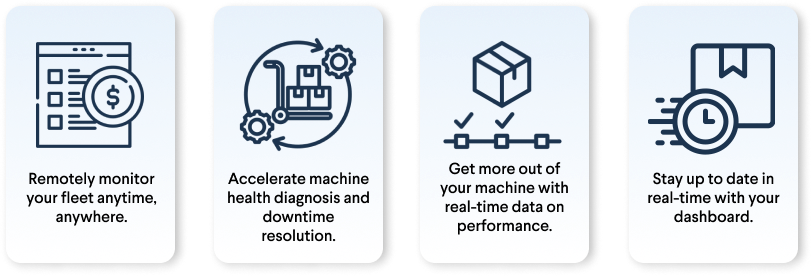
Four products, one platform: A solution for every manufacturer
With these four automation stages contained within a single, easy-to-use platform, manufacturing professionals are empowered to drive industrial automation projects forward. With the do-it-yourself capabilities MAP provides, manufacturers can reduce labor costs and shorten project timelines so that you can automate 3x faster and with up to 40% less cost.
For small-to-medium, high-mix manufacturers looking to profitably automate, MAP makes it a reality. For large, high-throughput manufacturers looking to add flexibility and scalability to their automation processes, MAP is a solution that evolves alongside you.
Experience what MAP can do for you. Chat with our team to learn more or start designing today.
